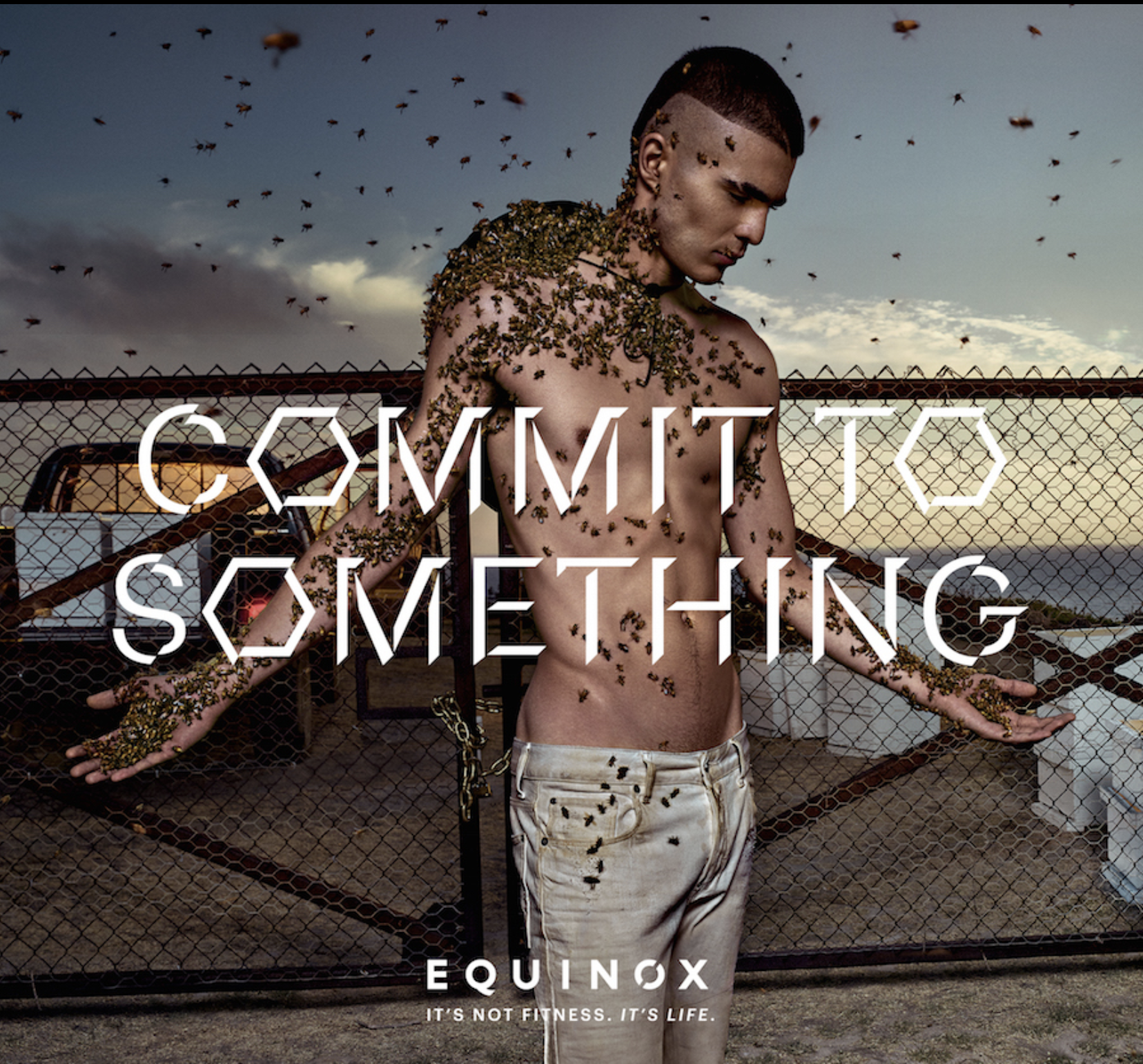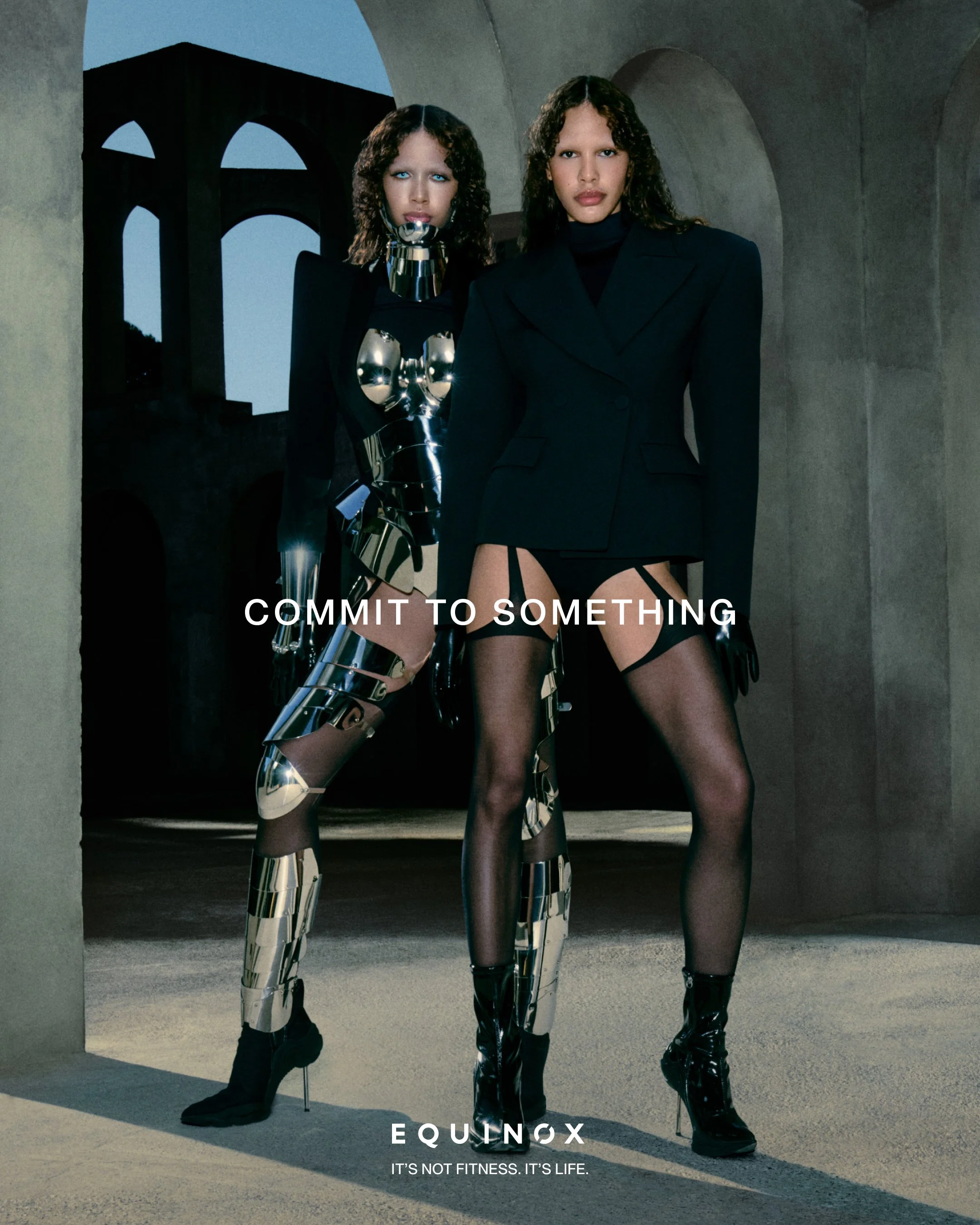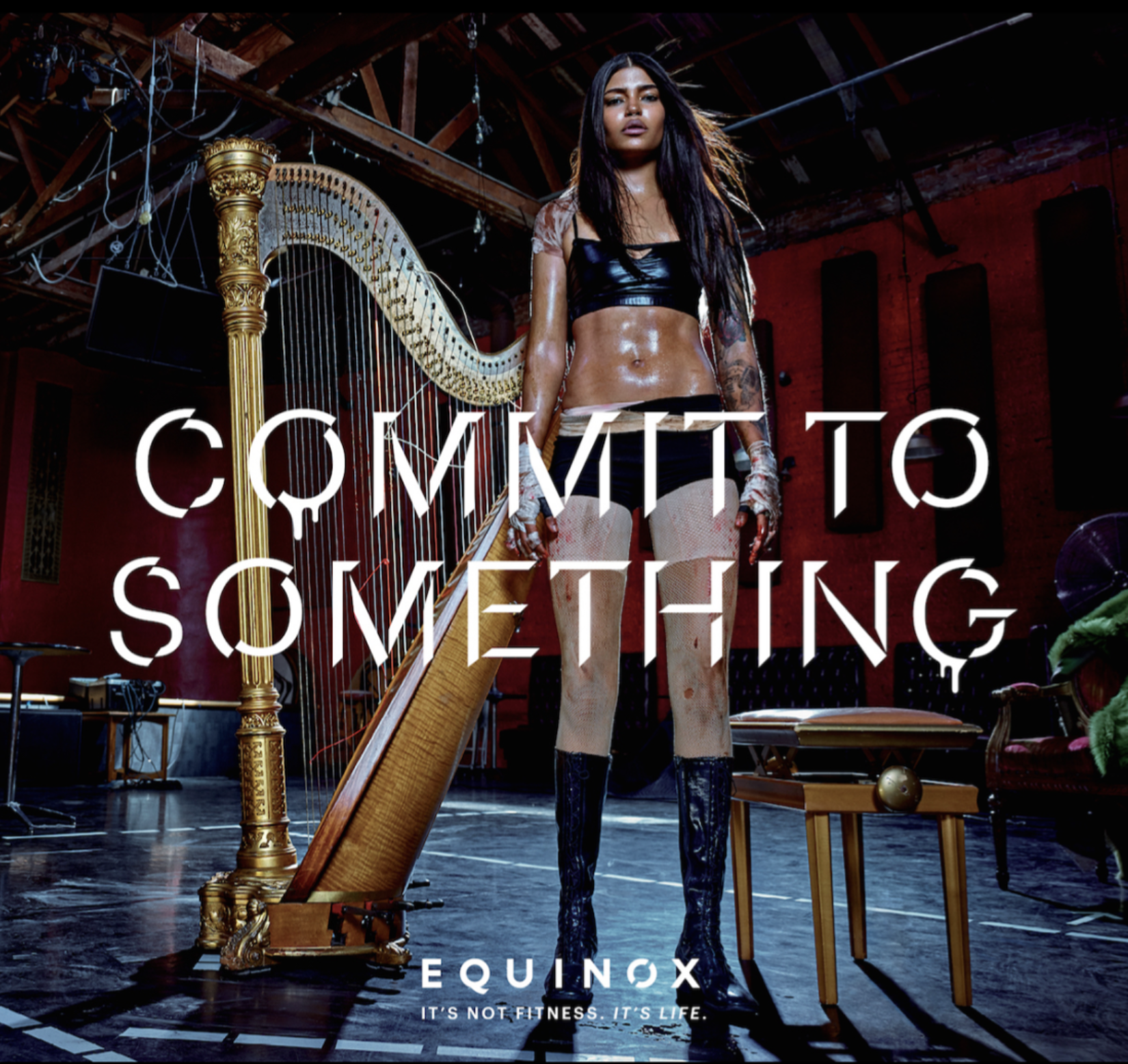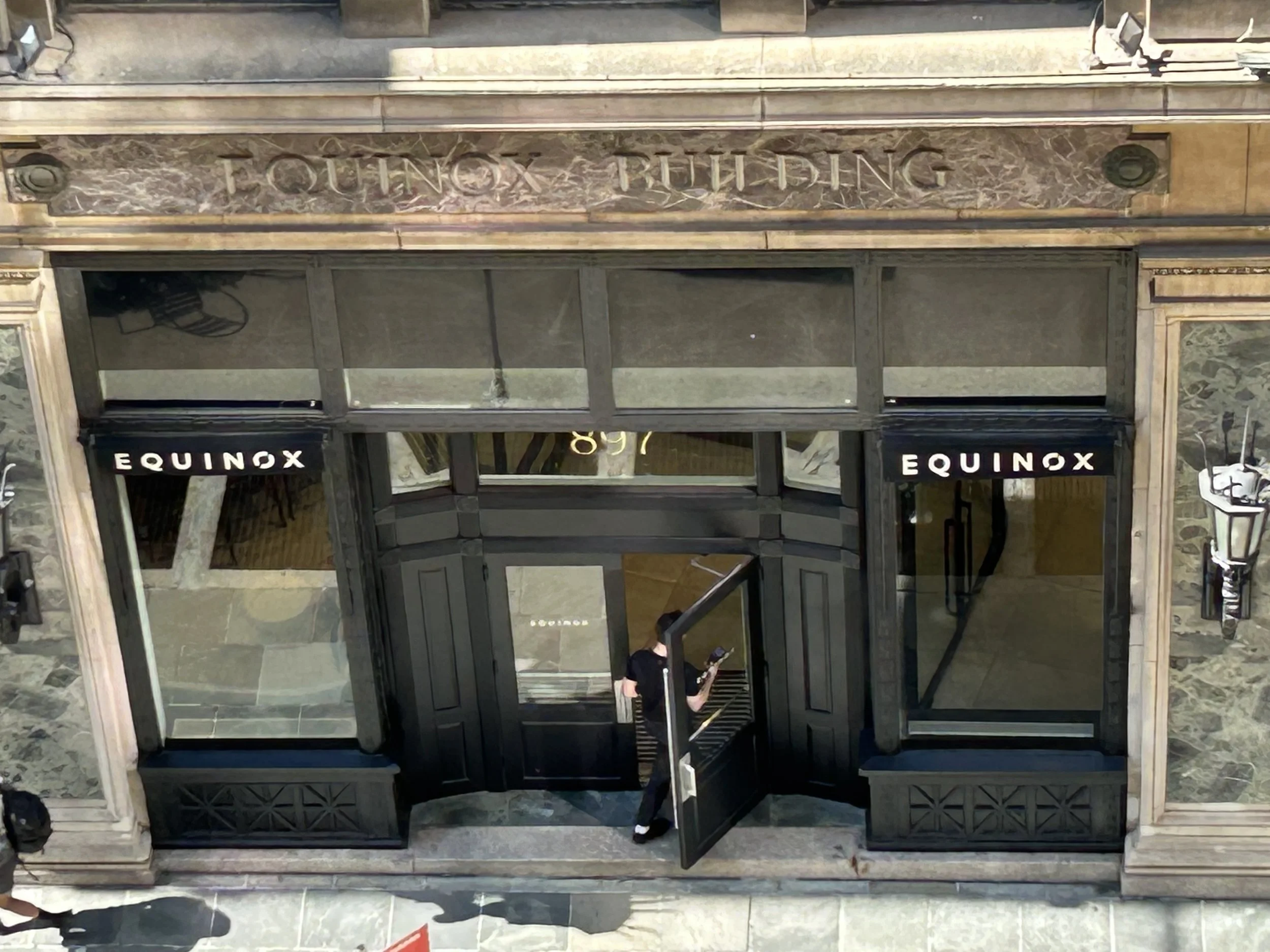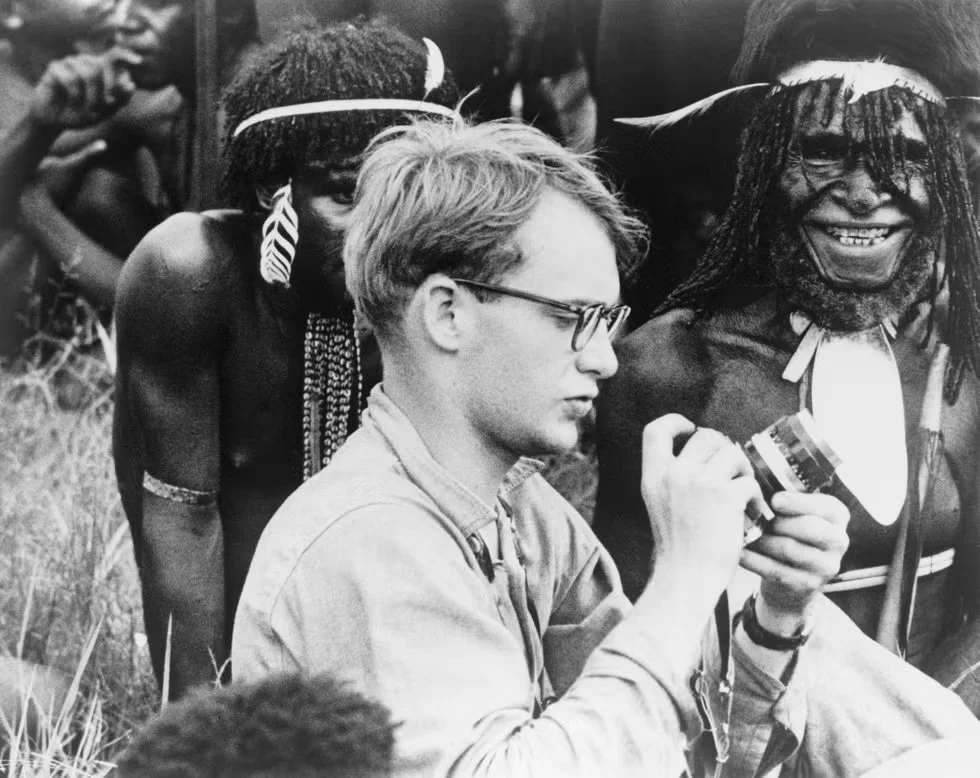THE SPECTATOR, September 15, 2025
Fueled by a mysterious marketing campaign, the gym now has more than 100 outposts
Scratch the surface of Silver Age Rome and what do you find? Most likely, a tight subterranean vault built as a meeting room for the followers of Mithras. This Persian mystery cult was everywhere in the early Anni Domini, coming to prominence between the decline of Hellenism and the rise of Christianity, filling that gap between the gods of Olympus and the God of Moses. The cult’s dark temples, the Mithraea, squeezed devotees into opposing benches designed to make them uncomfortable, all while in communion with their fellow initiates. Today, sociologists might call a Mithraeum a “third place.” Here was the kind of space where Roman men who had become disillusioned with Jupiter Stator could go between work and home to be purified together in a shower of bull’s blood.
The modern gym is one of our own ubiquitous third places, but only the urban fitness chain known as Equinox has positioned itself as an upscale mystery cult. “COMMIT TO SOMETHING,” beckons the gnostic advertising campaign of this self-described “high-performance lifestyle leader.” When presented with the accompanying outsize images obstructing the gym’s windows, we might well wonder: commit to what?
Launched in 1991, the gym now has more than 100 outposts spread across New York, Los Angeles, San Francisco, Miami, Chicago, Boston, Dallas, Houston and Washington, DC, as well as London, Toronto and Vancouver. The Equinox campaign started by the ad agency Wieden+Kennedy in 2016, diverged notably from the standard gym appeal of “improving lives through fitness” or “member-friendly memberships that won’t break the bank,” as the bargain-basement New York Sports Club might say. First shot by Steven Klein – whom the New Yorker described as creating “fashion photography with a pistol and a pulse” for his images that “teetered between the seductive and the sadistic” – the Equinox campaign was far from mens sana in corpore sano. It wasn’t even about going to the gym at all.
Instead, we saw a model etching a tattoo over what remained of her preemptive double mastectomy. “Scars aren’t ugly,” she said in the video component. “Scars are really just beautiful badges reminding you what you chose to go against; not just the size of your opponent but the size of your commitment.” Other materials presented a young man with a paralyzing stutter. “Your commitment tells your story better than you ever could,” he eked out. In another, three deaf cheerleaders signed in unison. In another, a model cut her hands practicing the harp as blood ran down her instrument. In another, a naked man received a haircut and manicure-pedicure as a small mirror covered his pudendum. In another, a woman breastfed two babies at her table at a restaurant. In yet another, a shirtless man was soon covered in bees.
At the time, Equinox promoted its campaign as an “intimate, provocative and deeply moving exploration of personal identity” that “confronts current cultural issues and asserts that commitment has the power to define who we are in the deepest sense.”
This year, Equinox updated the approach with a shoot by the British fashion photographer Charlotte Wales that extended these themes: a model licks a leather boot; a woman lies on a bed of nails as a robotic arm sticks her with a hypodermic needle; another model (this time transsexual) walks side by side with an AI version of their likeness covered in metallic parts. “Commitment is obsessed,” reads Equinox’s latest ad copy. “It’s now. It’s relentless. Always one step ahead. Abandon half-measures. Surrender to your urges. Sacrifice for obsession. Commitment isn’t a choice. It’s an awakening. Let desire drive you. Commit to something.”
Abandon all hope, ye who enter here? To hammer home the infernal message, Equinox throws extra shade on those who make that naive New Year’s resolution to get in shape. “If you waited for the ball to drop, you dropped the ball,” advises the gym. “On January 1, we blocked new membership sign-ups. Because commitment doesn’t start when the calendar resets. It’s for those who are all in. Not when the ball drops, the clock strikes, or the calendar flips – but always.”
So what if you can’t commit to the gym, the message goes. You should really be committed to an intensive-care unit. Or a mental asylum. Or you should receive a felony charge. But in truth, the “something” to which one mainly commits at Equinox is a mid-four-figure annual fee.
The real mystery of Equinox is what you get for the expense. In June, New York attorney general Letitia James won a $600,000 judgment against the company by arguing that its contractual agreements were too hard to break. The award of a mere $250 to each of the plaintiffs – which equaled less than a month of dues, to say nothing of the initiation fee – left members less than impressed. “Tish gets ripped!” ran the New York Post headline. “New Yorkers not impressed with AG Letitia James’s crackdown on gyms.”
Equinox positions its membership as fast-track admission to the cosmopolitan faith. At the root of such modern urbanism, of course, is masochism. High taxes, crowded subways and filthy streets appeal to the broken-window theory in reverse: that our souls will only get better if our city lives get worse. Professional sadists such as New York’s Democratic mayoral nominee Zohran Mamdani therefore thrive in the same way as that Equinox spin instructor who comes around to crank up your bike’s resistance. It’s all about abnegating the flesh and globalizing the intifada to a techno beat. In one early Equinox advertisement, a screaming, shirtless woman holds up her fist in front of a classical building surrounded by a night-time security detail. Just what she is protesting does not matter so much as the appearance of her consequence-free LARPing. (She is portrayed by the fitness model Bianca Van Damme, daughter of the “muscles from Brussels” Jean-Claude Van Damme.)
Equinox members may not be true basement-dwelling “Brooklynites for Gaza,” but they are content to go along with the latest thing as long as the towels are stocked and the steam room stays open. We all signed up to be in this Paul Verhoeven-movie of a place, and that’s life in the big city.
“A manic attempt to make the posthuman sexy,” is how one agnostic member explained it to me. “I have the distressing sense that I am beholding another stripe – or, heaven forbid, chevron – on the ghastly and vexillologically metastasizing ‘progress flag.’ The clientele strikes me as being finance and finance-adjacent bros plus gay men for whom human growth hormone, rather than Ozempic, is still the lifestyle supplement of choice. As for the women, I’d have no idea. I don’t notice.”
Not noticing is a big part of the Equinox culture. Members don’t converse. Most employ monastic silence as they move from station to station, carrying their water bottles and iPhones upon which a small dog must be featured on the lock screen. No grunts. Little sweat. The chilled eucalyptus towels see to that. After reports a decade ago of problems in the steam room, the facility posted signs of a “zero-tolerance policy regarding inappropriate, sexual or lewd behavior. Our staff is on notice.” The closest most come to catching a sexually transmitted disease at today’s Equinox is when a form of athlete’s foot requires an oral course of fungicide (I now wear shower shoes).
And yet, past the many cult symbols that line its entry, Equinox tends to be well-maintained and almost always uncrowded. Bottles of four different soaps and lotions line each shower stall: a shampoo and conditioner of rose, pepper and sage; a facial cleanser of aloe, geranium and rose; a body cleanser of chamomile, bergamot and rose. Additional bottles of face and body cream are available in the locker rooms. So too are Q-Tips, deodorant, mouthwash, razors, even a container of black hair ties to maintain one’s man bun. The only recent controversy here occurred a year ago, when Equinox switched out its Kiehl’s line of products for Grown Alchemist, a brand that can also be purchased at (gasp) Target.
My Equinox membership grants me access to all the spin classes and boxing sessions my heart desires. There is a mobile media library showing the proper use of every exercise machine – something I found particularly useful as I recovered from a suite of orthopedic setbacks. With my level of membership, I can visit the Flatiron location across from my office, the Upper West Side location next to my apartment, the Columbus Circle location with the saltwater pool and just about every other location save for the nirvana that is the new Equinox Hudson Yards, which would cost me another $50 a month. Perhaps one day I too will join this “most spacious, thoughtful, and connected Equinox ever… the purest expression of high-performance living yet. The 60,000-square-foot luxury destination spans two floors and includes a 15,000-square-foot pool and sundeck.”
Even Robert F. Kennedy Jr. has been spotted in his Make America Healthy Again jeans and hiking boots, lifting at Equinox. At some point we all reach that moment in life when we realize our aging frames must be committed to a daily routine of physical therapy.
By spending more than $300 a month with a company that advertises personal destruction, many urban professionals may feel they have purchased some progressive blessing on their self-care. For others such as myself, Equinox is simply a very nice gym.

